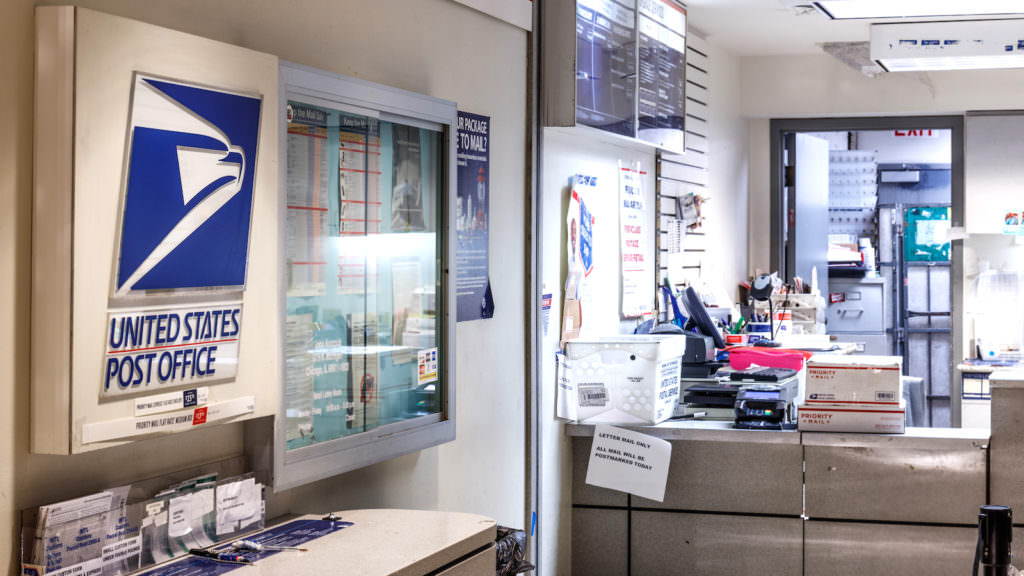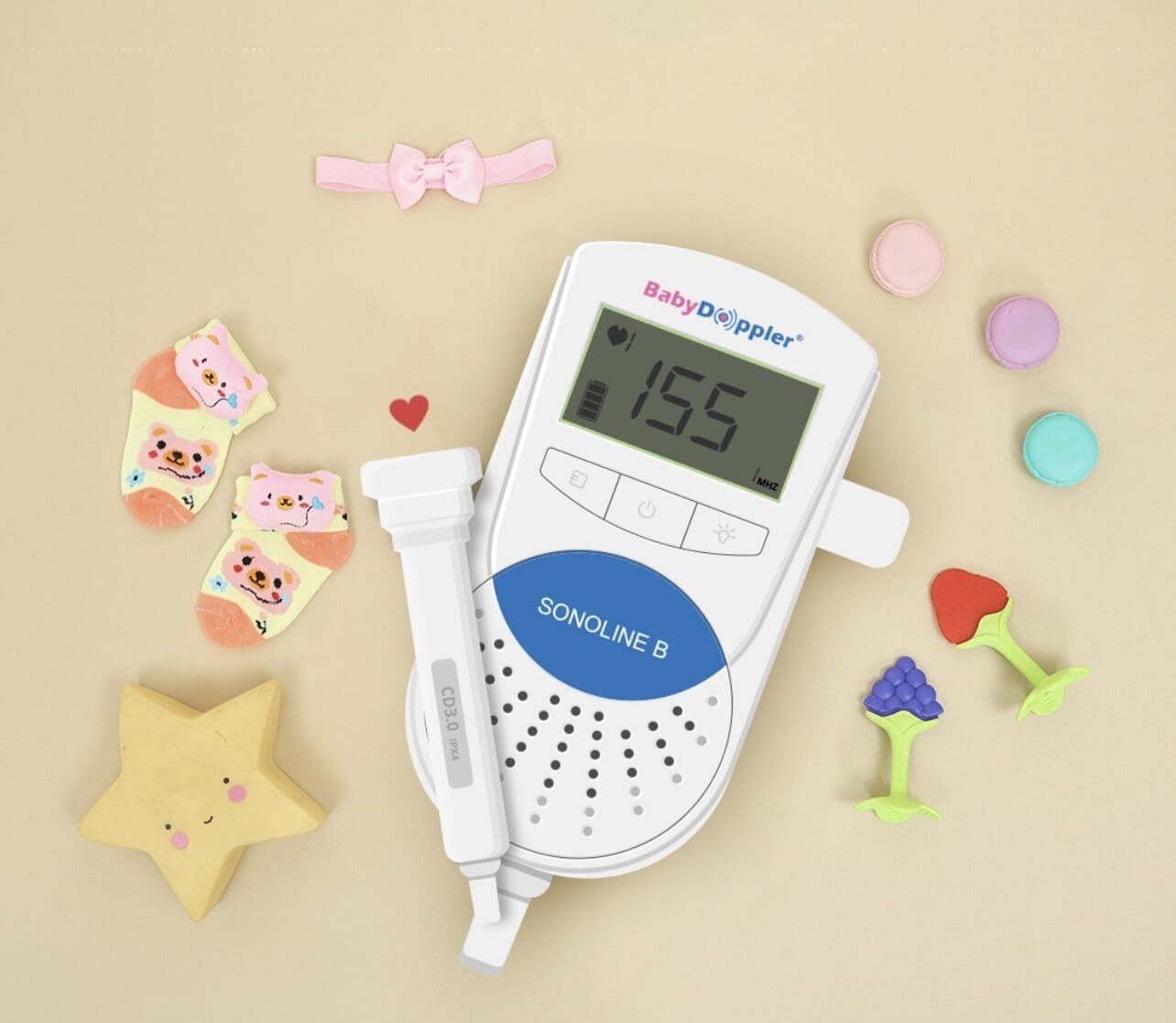


Understanding USPS Flat Rate Shipping: Shipping Flat Rate for Ecommerce
Skip the Scroll — Download the PDF
Download this blog as a PDF to revisit it whenever you want. We’ll email you a copy.
Table of Contents
** Minutes
Why shipping flat rate is perfect for ecommerce shops
How does flat rate shipping work?
How much is USPS flat rate shipping?
How to perfect your ecommerce shipping with ShipBob
Shipping margins are critical to the profitability and sustainability of ecommerce businesses. If you aren’t shipping your products in the most affordable and efficient way, then you’re leaving money on the table. One possible way to reduce shipping costs is with USPS flat rate shipping.
With flat rate shipping, the weight of a package does not affect the cost of shipping. If you ship heavy items, then this will save you money. On the flip side, flat rate shipping can be more expensive if your packages are lightweight.
How do you decide if flat rate shipping is right for your ecommerce business?
This article provides a detailed breakdown of flat rate shipping, how it works, and whether or not you should start using it.
What is flat rate shipping?
USPS Priority Flat Rate is a shipping option provided by the US Postal Service (USPS) that offers 1-3 day shipping services with fixed rates for packages with a maximum weight of 70 lbs. USPS offers flat rate envelopes and boxes that come in standard sizes to accommodate various sized items.
Flat rate shipping vs. standard shipping
Flat rate service is attractive to many shippers since it essentially eliminates the need to weigh packages in order to calculate shipping costs. As long as your package weighs under 70 pounds and is being sent to any state within the US, it can ship with USPS Priority Flat Rate service. Additionally, the flat fees make this an easy and cost-effective way to ship heavy packages.
However, USPS Ground Advantage is a standard shipping option that sends packages by ground transportation and has an expected delivery of 2 to 5 business days. This shipping option takes the package’s weight into consideration. While this option might be cheaper for certain lightweight parcels, some packages – especially heavier items – might be more costly than flat rate shipping.
Why shipping flat rate is perfect for ecommerce shops
USPS priority mail flat rate shipping is an appealing shipping option for a few reasons. Learn more about why many ecommerce businesses opt for flat rate shipping options.
Simplified fulfilment and shipping
Flat rate shipping simplifies things quite a bit and can be a great option for certain brands, especially those who are smaller and self-fulfil orders.
Instead of calculating dimensional weight brands can choose a box or envelope that fits their product. Using flat rate shipping removes this step, making the shipping process straightforward.
Consistent delivery
For your brand’s reputation, it’s important to provide a reliable delivery experience for your customers. USPS can offer you and your customers the consistent delivery service you desire. With over 92% of first-class mail, which includes flat rate packages, are delivered on time with the majority being delivered in under 3 days. Plus, USPS is continuing to make improvements to service deliveries.
Efficient time management
USPS flat rate shipping options take the guess work out of figuring out the logistics of how to ship your products. There is no need to worry about weighing and calculating shipping costs for each package. As long as your package is under the 70 lb. limit, then you can ship it with flat rate shipping.
Plus, when your package is ready to go, you can drop it off at any USPS office to be shipped. USPS has over 31,100 post offices in the United States and even offers free package pick up. With these convenient options for quick parcel drop off or pick up, you’re able to reclaim time previously used on shipping to work on other aspects of your business.
Business-to-customer transparency
Once your package has been scanned by USPS, the customer can track its progress in transit. USPS offers package tracking through their site where customers can check on their package 24/7.
This visibility into transit gives your customer increased transparency into their order’s delivery status, reducing the number of “where is my order” (WISMO) customer support questions.
Cost savings
Flat rate shipping can be a cost-effective option when it comes to small business shipping by having a lower, predictable cost. As previously mentioned, flat rate shipping costs are fixed which allows you to not only save money (which you can allocate to other aspect of the business), but you can better forecast your finances without getting caught off guard by surprise shipping costs.
Additionally, when you use USPS’s flat rate option, there isn’t a surcharge for shipping insurance or a need to purchase insurance separately. Every flat rate package is automatically insured up to $100.
Note: Flat rate shipping can also refer to a technique for deciding how to price your shipping, when you charge a fixed shipping rate for every order (rather than offering free shipping or passing the real-time shipping rate on to the customer). For the purpose of this article, we are talking about the USPS flat rate shipping service.
How does flat rate shipping work?
Flat rate shipping means the price of shipping is not connected to the weight, shape, or size of the shipped item, hence the term “flat rate.” It’s based on how much you can stuff into the USPS-issued box. Ecommerce businesses ship products at a flat rate by following these steps.


Weight, size, and shape requirements
There are a variety of flat rate boxes at your local USPS office. There are small, medium, and large flat rate boxes; And the bigger the box, the higher the shipping prices. As previously mentioned, the weight limit for a flat rate package is 70 lbs.
Measure your packages correctly
Because there are several different sized flat rate boxes, you’ll want to make sure you measure the length, width, and height of your products to ensure you’re choosing the right mailing material.
Since the rates for this shipping option are determined by size, not weight, you need to select the box or envelope that your items best fit in so you aren’t paying for space you aren’t using.
Mailing restrictions & prohibitions
You don’t have to worry about weight with flat rate shipping, but that doesn’t mean you can send absolutely anything. The following items cannot be shipped through USPS Priority Mail:
- Explosives
- Firearm ammunition
- Air bags
- Alcohol
- Gasoline
- And more
How long is the flat rate shipping time?
Packages shipped with flat rate shipping are typically delivered within 1 – 3 days (excluding Sundays). Flat rate parcels are shipped with via Priority Mail and the exact time of delivery depends on where the package is sent from and its final destination.
How much is USPS flat rate shipping?
The cost of flat rate shipping in the United States depends on the size of the box. See the following chart for detailed pricing and box sizes for the various package types.
Flat rate options & Flat rate pricing:
| Flat rate box | Commercial base price | Price at post office | Dimensions |
| Flat Rate Envelope | $8.05 | $9.65 | 12 1/2″ x 9 1/2″ |
| Padded Flat Rate Envelope | $8.80 | $10.40 | 12 1/2″ x 9 1/2″ |
| Small Flat Rate Box | $8.55 | $10.20 | 8 11/16″ x 5 7/16″ x 1 3/4″ |
| Medium Flat Rate Box – 1 (top loading) | $14.75 | $17.10 | 11 1/4″ x 8 3/4″ x 6″ |
| Medium Flat Rate Box – 2 (side-loading) | $14.75 | $17.10 | 14″ x 12″ x 3 1/2″ |
| Large Flat Rate Box | $19.60 | $22.80 | 12 1/4″ x 12 1/4″ x 6″ |
USPS offers additional flat rate boxes. To see the complete list, visit the USPS site.
To determine postage prices for flat rate boxes and envelopes (as well as other USPS postage), you can use this calculator.
How to perfect your ecommerce shipping with ShipBob
If your ecommerce business is outgrowing your current shipping methods, another way you can bring down your shipping costs and improve margins is with optimised shipping. ShipBob is a third-party logistics (3PL) provider that streamlines your shipping using integrated technology and multiple fulfilment centres. Here’s how fulfilment with ShipBob works.
1. Connect your store
ShipBob’s platform syncs with your ecommerce store (to handle, for example, Shopify shipping and WooCommerce shipping), so you can easily manage inventory and monitor the fulfilment process from start to finish.
2. Store your inventory at ShipBob’s fulfilment centres
Store your products across ShipBob’s national network of fulfilment centres. Distributing your inventory puts your products closer to your customers which results in reduced shipping costs and transit times.
3. Have orders fulfiled automatically
Orders placed at your store are pushed automatically to the optimal ecommerce fulfilment centre, then picked, packed, and shipped by ShipBob’s team.
4. Customers get tracking info
Ecommerce order tracking information is sent to the customer once the package has been shipped, so they can follow the progress of their package.
Conclusion
Flat rate shipping is a popular USPS mail type that can be a valuable tool for reducing shipping costs, but only if your packages are heavy enough, so that the flat rate is cheaper than the regular rate. You can find out if flat rate shipping is worthwhile for your ecommerce business by comparing the flat rate to the rate that you’re currently paying to ship your products.
If the majority of your products are heavier but under 70 pounds and your current rates are higher than the flat rate, then flat rate shipping can save you money.
Learn more about outsourcing fulfilment
Download the free e-guide, “How to Choose a 3PL for Your Ecommerce Business” and learn more about how a 3PL can help your company scale and get tips for choosing a fulfilment partner.
Flat rate shipping FAQs
Here are the most frequently asked questions when it comes to USPS flat rate shipping.
How does flat rate shipping work?
To use USPS flat rate shipping, you need to get a USPS flat rate box from your local USPS office (small, medium, or large size), add no more than 70 pounds of contents that fit inside the box, label an address, and ship the box at a USPS office using Priority Mail.
Is flat rate shipping cheaper?
USPS flat rate shipping can be cheaper than other shipping methods because you can optimise what you fit in the flat rate box, but the major benefit is that it makes it easier to budget for shipping costs because you can predict the cost every time.
How long does it take to get flat rate shipping?
Flat rate shipping via USPS Priority Mail typically takes 2-3 business days to be delivered during non-peak seasons.
What is free flat rate shipping?
Free flat rate shipping is when you don’t charge ecommerce customers for shipments that go out using this USPS service. Free shipping can be a great way to get more shoppers to complete their purchase online, and it’s often most cost-effective when you offer it in exchange for a minimum spend threshold. This helps preserve your margins while increasing your average order value.
How do shipping zones affect flat-rate shipping?
Using USPS flat rate shipping eliminates shipping zones as a factor. Because the price of flat rate shipping is determined by size, the shipping distance isn’t a consideration.
Typically, higher shipping zones (shipments that travel a greater distance from their point of origin) cost more to ship. However, since flat rate shipping options have fixed rates, you don’t pay a higher rate for sending packages longer distances.
What are the drawbacks of flat rate shipping?
While there are many positives to using flat rate shipping, there are a couple downsides to using flat rate shipping as an ecommerce business. If you incorrectly measure the dimensions of your products, you may end up using an envelope or box that is too large for your items, resulting in a higher cost. Additionally, you miss out on using own packaging with your logo and branded colours when using USPS flat rate shipping materials.


